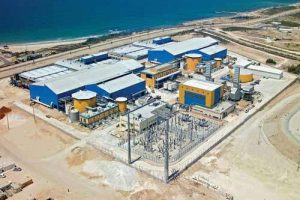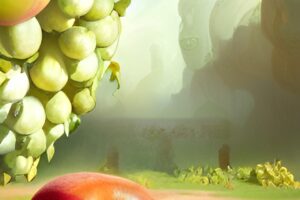Even the Smallest Animals Benefit
In the United States alone, 60 million acres are used for wheat harvesting every year. (1) Corn production takes an extra 96 million acres, and soybean production another 75 million acres. (2) Most of these crops are sprayed with weed killers, pesticides, insecticides and other toxic compounds. On top of that, 788 million acres, or 41% of the United States, are used to graze livestock. (3) Keep in mind that the size of California is 103 million acres.
Think about the millions of animals that set their home in these fields. What happens to them when those chemicals are sprayed? What happens to them, when the fields are harvested and their homes destroyed, by massive tractors and heavy machinery. Most die, the rest are forced to relocate.
Fruit production does not cause nearly as much harm. Fruit trees are planted to provide fruit for many years. Some fruit trees can produce fruit for up to 100 years. There is evidence of a pear tree in Danvers, Massachusets, which still bears fruit after an outstanding 383 years. (4)
Fruit trees provide food for humans and natural habitats for a multitude of species such as birds, bees, and insects. When a tree dies, it goes back to the earth, replenishing the soil with energy for future trees to grow. Fruit based diets encourage a circle of life, omniovorus diets encourage a circle of death.
Previous Section:
Acknowledgments
Next Section:
Acknowledgments
Thank you for reading!
Please donate to help us publish this book.
PayPal: trevesbruno@gmail.com
Venmo: @Bruno-Treves
Sources:
(1) https://en.wikipedia.org/wiki/Wheat_production_in_the_United_States
(2) https://en.wikipedia.org/wiki/Corn_production_in_the_United_States
(3) https://www.westernwatersheds.org/watmess/watmess_2002/2002html_summer/article6.htm
(4) http://www.huffingtonpost.com/2013/08/28/oldest-fruit-tree-us-pears_n_3830443.html



